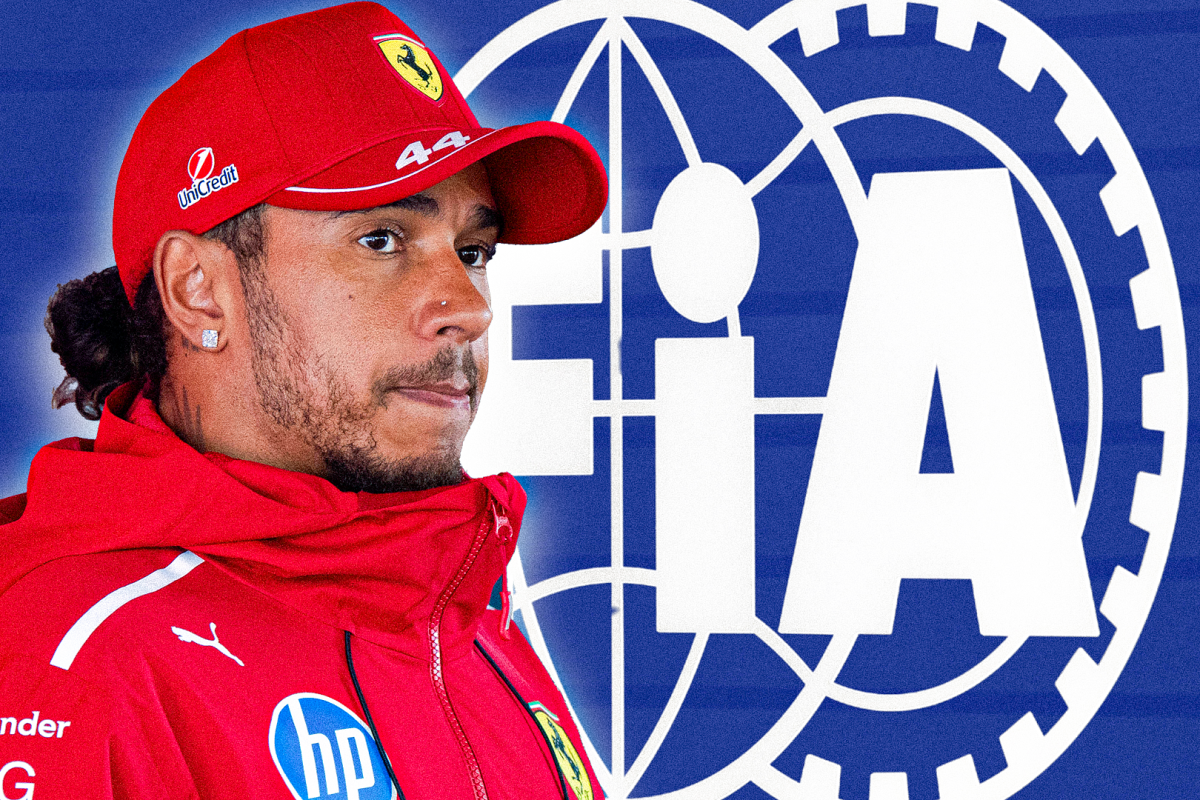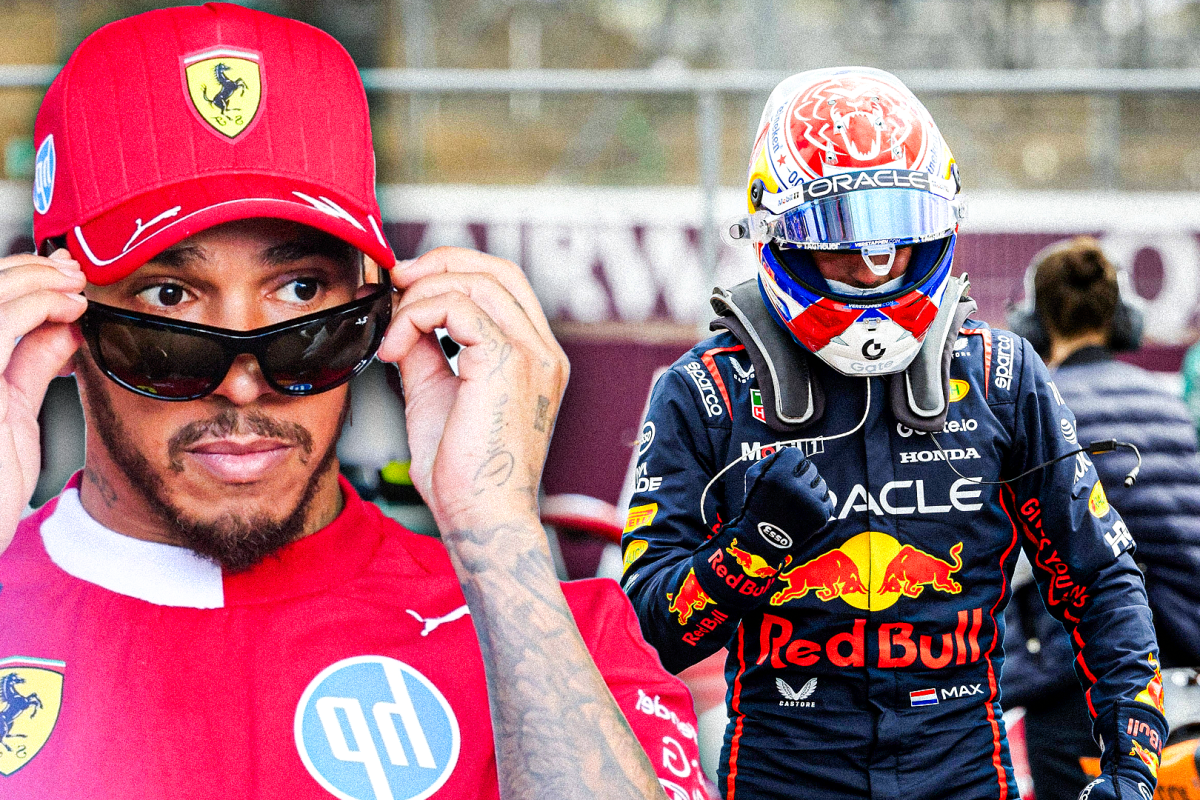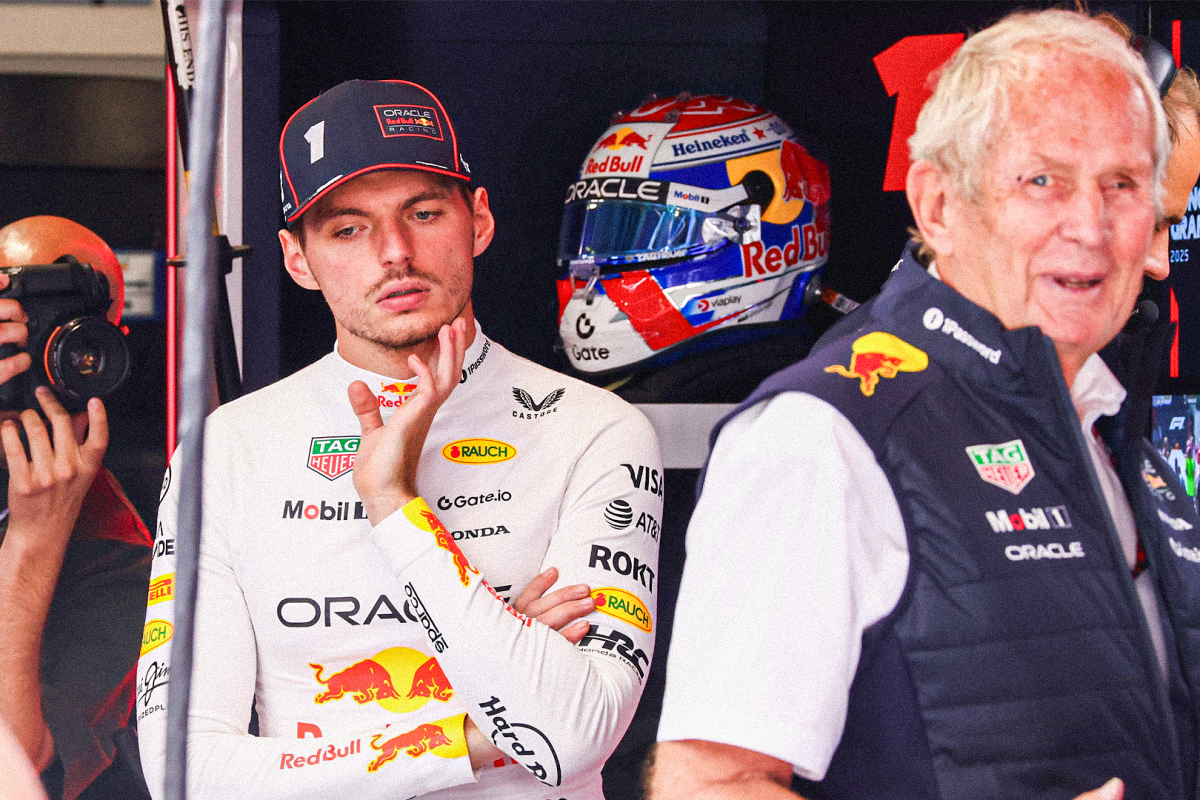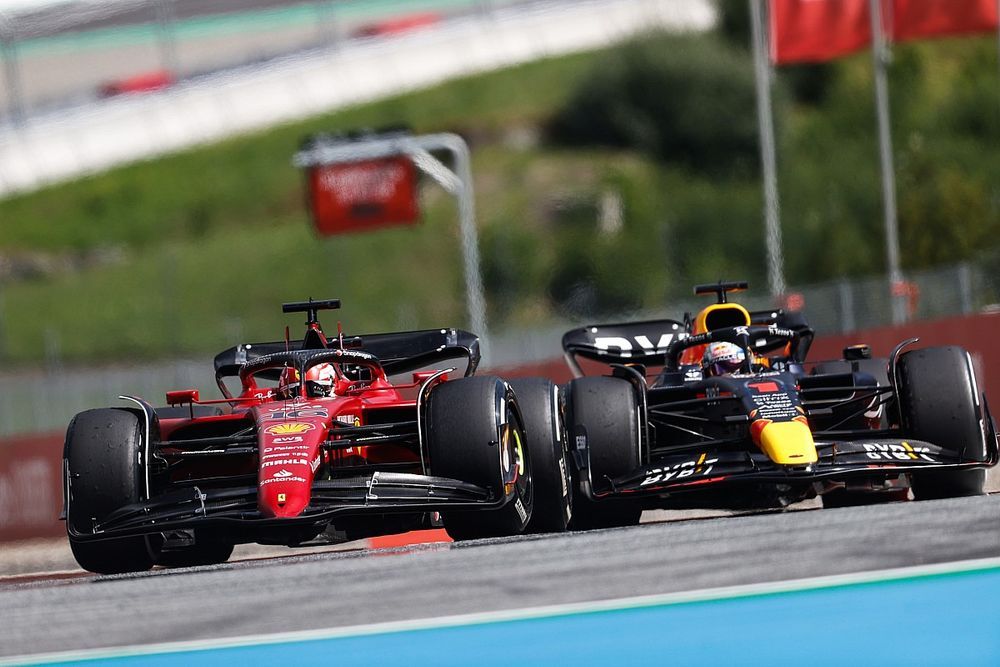FIA Introduces Mandatory Tyre Rule for Spanish Grand Prix After M…read more
The FIA has officially announced a significant change to the tyre regulations ahead of this weekend’s Spanish Grand Prix, following widespread criticism of the mandatory two-stop rule used at last Sunday’s Monaco Grand Prix. Despite the intent to improve racing and strategic diversity, the rule failed to address the primary issue at Monaco — the lack of overtaking — and instead drew criticism from drivers, some of whom labeled the race strategy “unsporting.”
During the Monaco GP, Formula 1 used Pirelli’s softest tyre compounds, with the C6 compound serving as the soft tyre. The soft allocation was intended to force teams into aggressive strategies, but the nature of the Monte Carlo street circuit — narrow, tight, and notoriously difficult for overtaking — rendered these plans ineffective. The race remained processional, with minimal passing and little variation in strategy, ultimately raising questions about the efficacy of artificially imposed pit stop requirements in low-overtake venues.
In response, the FIA has reverted to a more traditional tyre allocation for the Spanish Grand Prix. The upcoming race in Barcelona will see the use of harder compounds: the C3 as the soft tyre, C2 as the medium, and C1 as the hard. This change aligns with the demands of the Circuit de Barcelona-Catalunya, a track known for its high-speed corners, abrasive asphalt, and overall high tyre degradation. Pirelli’s decision reflects an effort to bring race strategy back to a more natural equilibrium based on tyre performance and wear, rather than enforced pit stop strategies.
The Spanish Grand Prix is also set to be a landmark event for technical regulations this season, with major changes to aerodynamic components coming into effect. In particular, the FIA is introducing stricter regulations on flexible front wings, an issue that has sparked considerable debate throughout the paddock. Starting in Barcelona, front wings will be subject to more rigorous deflection tests, with the allowable movement reduced from 15mm to 10mm. This new standard is expected to significantly impact team performance, especially for those who have relied on greater wing flexibility for aerodynamic advantage.
Ferrari, in particular, will be closely watched during the Spanish GP weekend. The team is bringing a range of updates to its 2025 challenger in response to the new technical directive. The Scuderia is believed to have adopted a relatively conservative design philosophy this season, incorporating less front wing flex than some of their primary rivals. As a result, Ferrari may be less affected by the new rule than teams such as McLaren, who have consistently leveraged flexible aero components to gain an edge. McLaren has been among the strongest performers so far this season, emerging as a frontrunner since their breakthrough performance in the season-opening Australian Grand Prix.
With both tyre and aerodynamic regulations undergoing change, the Spanish GP is shaping up to be a crucial weekend in the trajectory of the 2025 F1 season. Teams will not only need to navigate the implications of the harder tyre compounds on race strategy but also adapt to stricter enforcement of front wing flex regulations. For some teams, including Ferrari, the outcome in Barcelona may determine whether they can mount a serious championship challenge or fall behind the leading pack as the season progresses.
As Formula 1 heads into the heart of the European leg of the calendar, the sport faces a defining moment — not just in terms of performance and results, but also in how regulatory changes impact the delicate balance of competition. The Spanish Grand Prix could be a turning point, both on and off the track.




